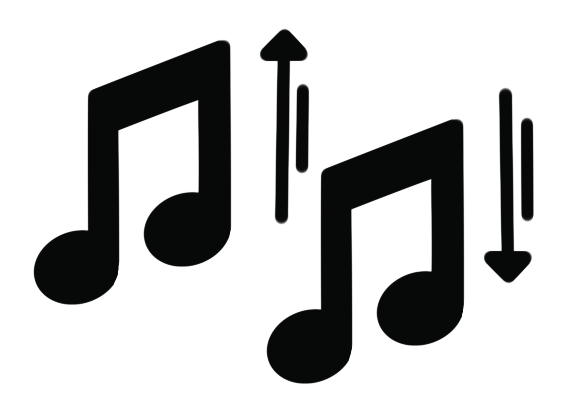Bringing together taal, raag, and drone
I can add a drone to the taal and raag for an effective Hindustani classical musical performance.
Bringing together taal, raag, and drone
I can add a drone to the taal and raag for an effective Hindustani classical musical performance.
These resources will be removed by end of Summer Term 2025.
Lesson details
Key learning points
- Nada Brahma, in Indian philosophy, means God is sound or the universe is sound.
- The drone is the constant sound that runs through Hindustani classical music.
- The drone symbolises the idea of Nada Brahma - the fundamental constant sound.
- The three main components of Hindustani classical music are taal, raag, and drone.
- We can clap and tap the taal, play a melody and improvise in the raag, and sing and hold a drone note.
Keywords
Drone - a constant, pitched sound that continues throughout a piece of music
Improvisation - creative, in-the-moment musical composition
Tanpura - a long-necked, plucked Indian instrument on which the drone is played
Texture - the combination of different layers of sound
Common misconception
Using just one note as a harmony would sound boring
Using a drone as part of a Hindustani classical performance adds an effective, meaningful and symbolic layer to the music
To help you plan your year 4 music lesson on: Bringing together taal, raag, and drone, download all teaching resources for free and adapt to suit your pupils' needs...
To help you plan your year 4 music lesson on: Bringing together taal, raag, and drone, download all teaching resources for free and adapt to suit your pupils' needs.
The starter quiz will activate and check your pupils' prior knowledge, with versions available both with and without answers in PDF format.
We use learning cycles to break down learning into key concepts or ideas linked to the learning outcome. Each learning cycle features explanations with checks for understanding and practice tasks with feedback. All of this is found in our slide decks, ready for you to download and edit. The practice tasks are also available as printable worksheets and some lessons have additional materials with extra material you might need for teaching the lesson.
The assessment exit quiz will test your pupils' understanding of the key learning points.
Our video is a tool for planning, showing how other teachers might teach the lesson, offering helpful tips, modelled explanations and inspiration for your own delivery in the classroom. Plus, you can set it as homework or revision for pupils and keep their learning on track by sharing an online pupil version of this lesson.
Explore more key stage 2 music lessons from the Compose and Create: improvising within Hindustani classical music unit, dive into the full secondary music curriculum, or learn more about lesson planning.

Equipment
Pitched percussion instruments such as glockenspiels, xylophones or chime bars. Approx 15.
Licence
Starter quiz
4 Questions
Exit quiz
4 Questions
tabla
sitar
tanpura
clapping and tapping the rhythm cycle
singing and playing a range of notes
singing and holding one note




